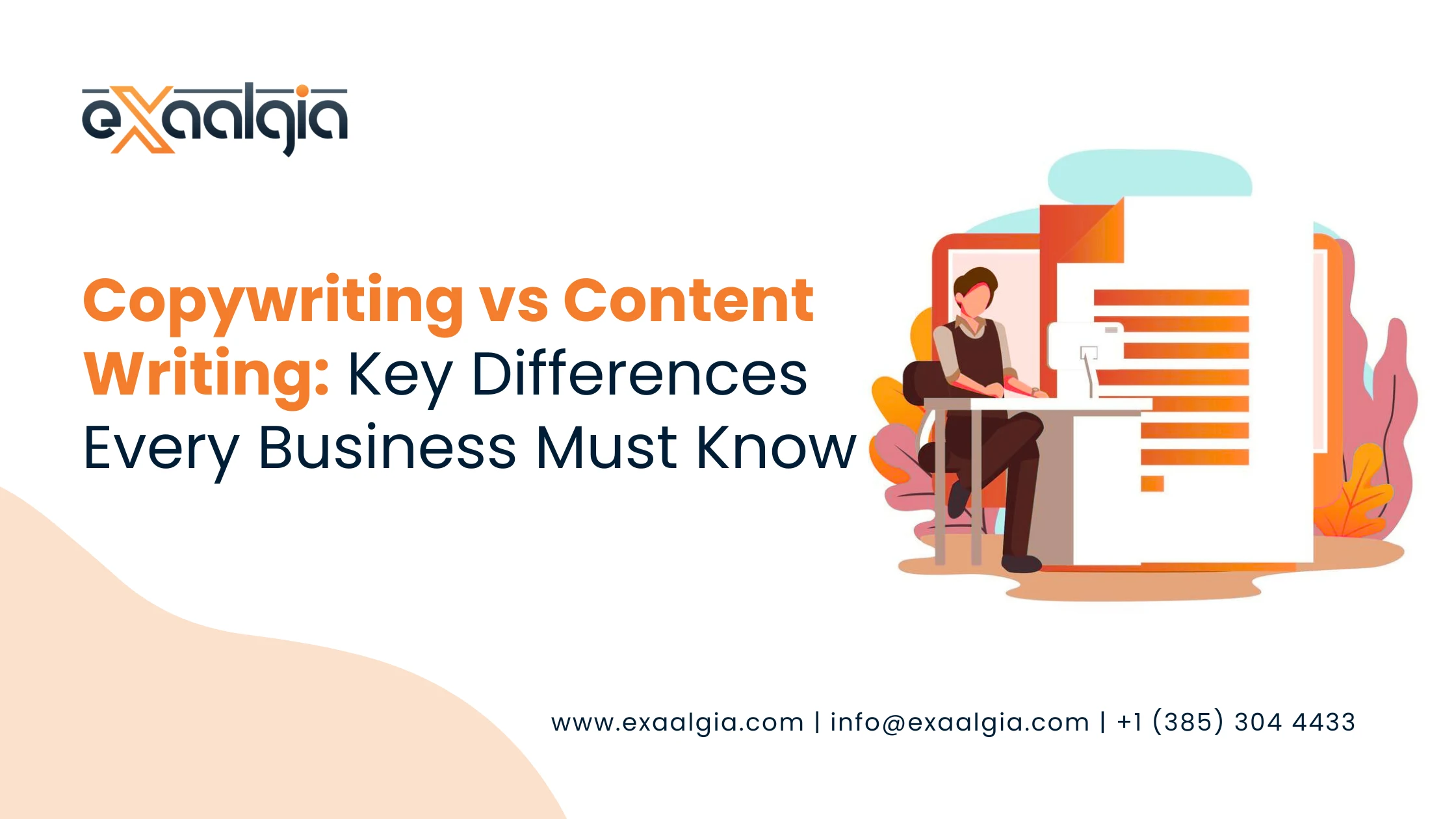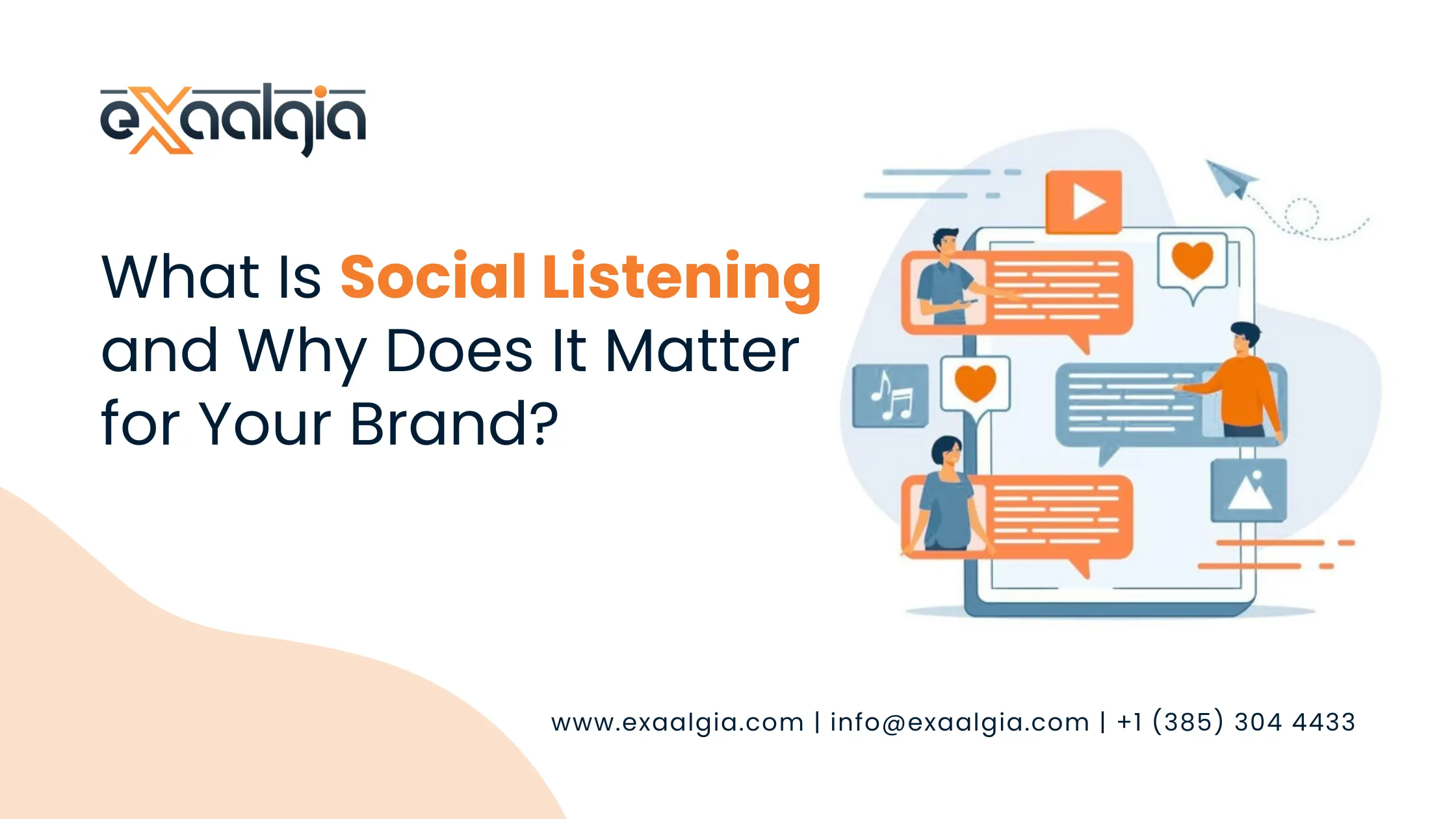Whether you are operating a startup, maintaining a website, or are just beginning as a writer, understanding the difference can save you money, effort, and time. Let’s take a closer look.
What Makes Copywriting Different from Other Writing
Copywriting is really the craft of writing to sell. Each word in copywriting is intentionally selected in order to get a reader to do something specific, buy a product, subscribe to a newsletter, or click on a link. The emphasis is on persuasion, emotion, and urgency.
Consider the last time you clicked on a Google ad, a social media ad, or a product page. The words that encouraged you to act? That was copywriting in action. It’s concise, powerful, and made to bring measurable outcomes.
Some common instances are:
- Landing pages
- Email campaigns
- Product descriptions
- Social media ads
- Sales pages
- Call-to-action buttons
The core purpose of copywriting is to convert. It’s not a matter of giving lengthy explanations or insights; it’s a matter of encouraging a person to do something here and now.
What Makes Content Writing Essential for Your Brand
Content writing, however, is all about giving value. It’s the kind of writing that teaches, entertains, and involves your audience without compelling them to act right away. Its core purpose is to establish trust and authority in the long run.
Examples of content writing are:
- Blog posts and articles
- Guides and ebooks
- Case studies
- Newsletters
- Educational videos and scripts
Content writing tends to involve SEO tactics to attract organic traffic and engage long term relationships with readers. As opposed to copywriting, it is not intended to receive a click now but to feed the readers and bring them back again and again.
For example, a blog article on “5 SEO Tips to Increase your Website Traffic and Sales” is content writing. It educates, informs, and assists readers in resolving a problem. A call-to-action at the bottom stating, “Download our free marketing checklist” is where copywriting enters the scene.
Copywriting vs Content Writing: Core Differences You Should Know
Although both forms of writing are essential for digital marketing, they differ in purpose, tone, and technique.
Purpose
Copywriting’s purpose is to encourage action. Content writing’s purpose is to teach and entice.
Length
Copywriting is punchy and short. Content writing can be lengthy and explanatory.
Tone
Copywriting employs urgency, power words, and emotional hooks. Content writing is friendly, informative, and narrative based.
Metrics
The measure of copywriting success is conversions, click through rates, and sales. The measure of content writing success is engagement, time on page, social shares, and SEO ranking.
Lifespan
Copywriting often has a short life, tied to campaigns or offers. Content writing has a longer lifespan; a well written blog can continue to drive traffic for years.
Understanding these differences is key to deploying the right strategy in the right context.
Why Copywriting and Content Writing Are Both Essential
Some people ask, “Which one is more important?” The truth is, both are essential. They serve different stages of the customer journey.
Copywriting is ideal for bottom of funnel behavior. It serves to convert an interested lead in your product or service. Content writing is best suited for top of funnel interaction, drawing in individuals who might not even be aware your brand name exists.
Suppose you have an online marketing firm. A blog post on “SEO Strategies for Small Businesses” (content writing) draws in visitors seeking information. After the blog, you add a CTA such as, “Schedule a free SEO consultation today” (copywriting). Content writing informs, and copywriting converts here.
Together, they form an effective funnel, converting traffic to leads and leads to customers.
Copywriting Skills That Drive Conversions
To be a great copywriter, a writer requires:
- Psychological insight: An awareness of what makes people take action.
- Compact writing ability: Each word needs to have a function.
- Headline proficiency: The headline either makes or destroys the conversion.
- A/B testing expertise: Spinning various alternatives to determine what converts best.
- Brand voice sensitivity: Copy that resonates with the brand identity.
Copywriters frequently collaborate with marketing teams to create campaigns that deliver results and maximize ROI.
Essential Skills for Successful Content Writing
Content writing involves a slightly different set of skills:
- Research skills: Getting accurate, useful information out is essential.
- SEO skills: Writing naturally with keywords to get organic traffic.
- Storytelling skill: Compelling the reader through long-form content.
- Consistency: Scheduling regularly to establish authority and trust.
- Clarity: Simplifying complicated concepts into understandable insights.
An effective content writer makes the audience interested and keeps them returning for more.
How They Work Together
The real strength comes in combining both methods. Content writing may attract and engage, but copywriting can convert and influence.
Let’s look at an example, you write a helpful blog post with practical advice (content writing). Within that blog, you quietly insert a call to action asking readers to download a related ebook or guide (copywriting). Eventually, a follow up email invites them to book a consultation (copywriting), which takes them to a landing page meant to seal the deal (copywriting once again).
Mistakes That Hurt Your Copy and Content Performance
Companies frequently abuse copywriting and content writing, which can impede performance. A frequent mistake is treating content writing as a pitch. Too promotional content destroys trust and sends people away. Another mistake is overloading copywriting with too much detail, which waters down the message and lowers conversion.
Not following SEO principles in your content is a blunder as well. Even quality content must be found. Weak title lines, bad calls to action, and irregular posting may also harm performance. Steering clear of these issues guarantees your writing works well and fulfills its required function.
What to Look for When Hiring a Marketing Writer
In hiring, clarity is important. Determine if your first concern is copywriting for campaigns or content writing for consistent engagement. Taking a look at previous work, sample testing with small projects, and assessing how well the writer knows your audience and brand voice are essential steps.
For writers themselves, building expertise in both content writing and copywriting can make you incredibly versatile. Being able to teach and convince in many formats is a highly prized skill in the marketing industry.
Examples That Show the Power of Copywriting and Content Writing
Shopify: Their blog teaches entrepreneurs (content writing), while their landing pages and emails convince sign-ups (copywriting).
Patagonia: Environmental narratives engage readers (content writing), while product pages and campaigns drive purchases (copywriting).
Zapier: Tutorials and guides build trust (content writing), while their homepage copy converts people (copywriting).
These are reminders of the value of having both approaches work together.
FAQs on Copywriting and Content Writing for Marketers
Q: Can one person do both copywriting and content writing?
Yes, but it means switching mental gears from persuasive, short-form writing to informative, long-form writing.
Q: Does content writing facilitate sales?
Indirectly, yes. It establishes trust, authority, and knowledge that can drive conversions.
Q: Is copywriting SEO-friendly?
Not necessarily, but SEO copywriting combines persuasive writing with search optimization.
Q: Which is more important?
They’re both vital. Content grabs, copy sells. A balanced approach produces the best outcomes.
Q: Can content contain CTAs?
Yes. Understated CTAs can drive the reader without being aggressive, combining education and conversion.
Making Copywriting and Content Writing Work for You
Knowing the distinction between copywriting and content writing is vital for every business owner and marketer.
Employ content writing to inform, connect, and develop long-term connections.
Employ copywriting to convince and convert at pivotal points within your marketing pipeline.
Combine both for a comprehensive marketing strategy that entices traffic, creates trust, and drives revenue.
Used effectively, this method ensures your words don’t simply take up space, they work for your business.







